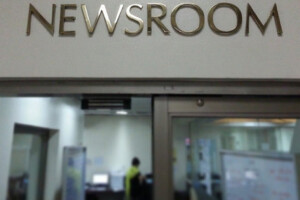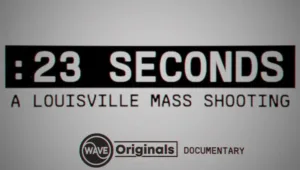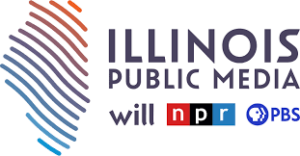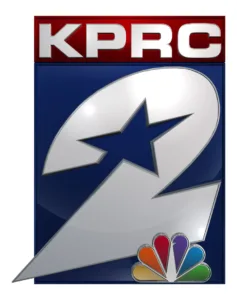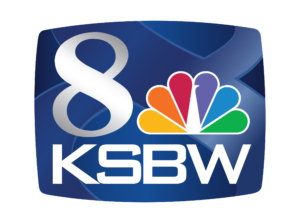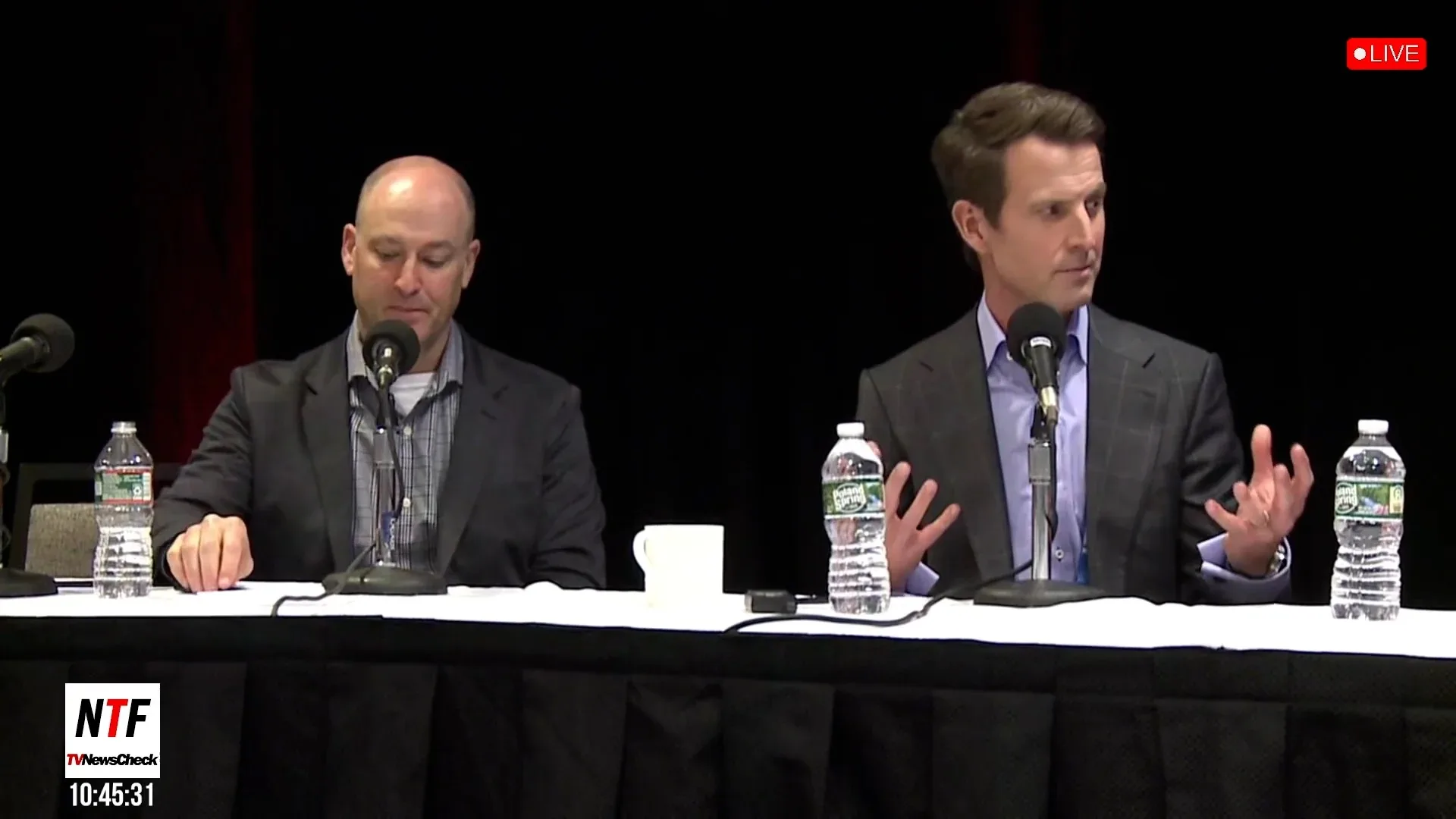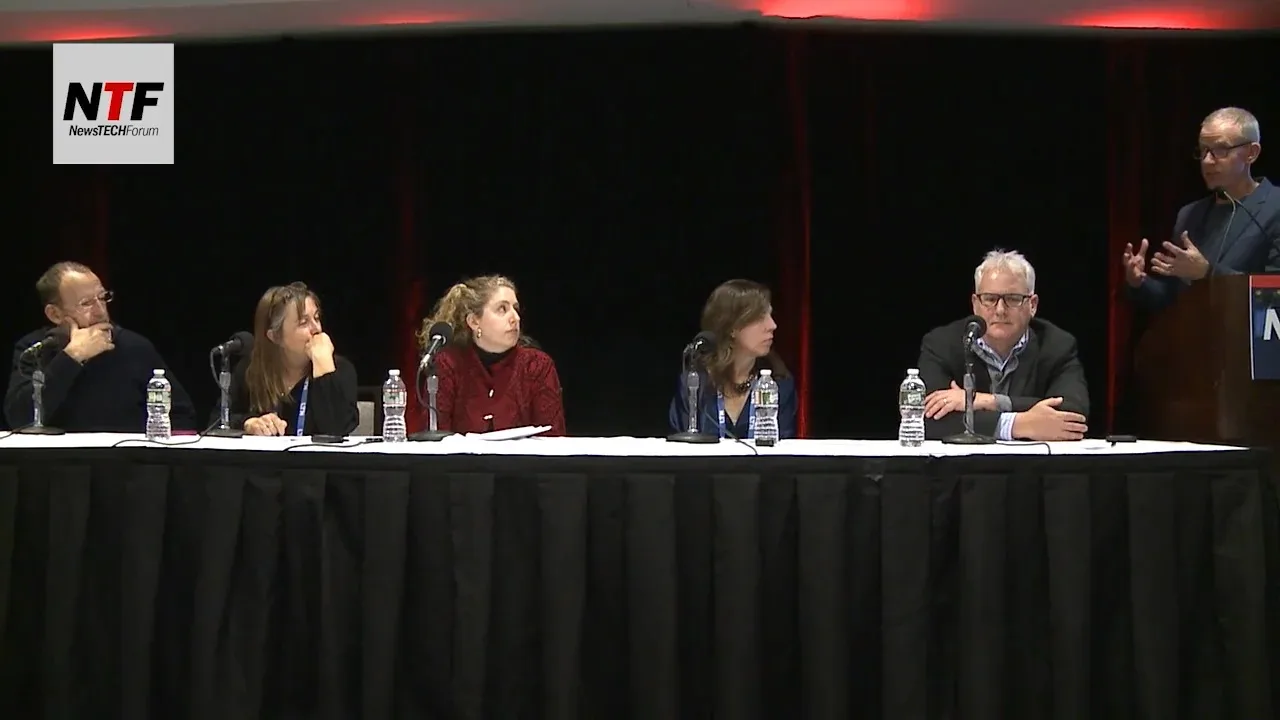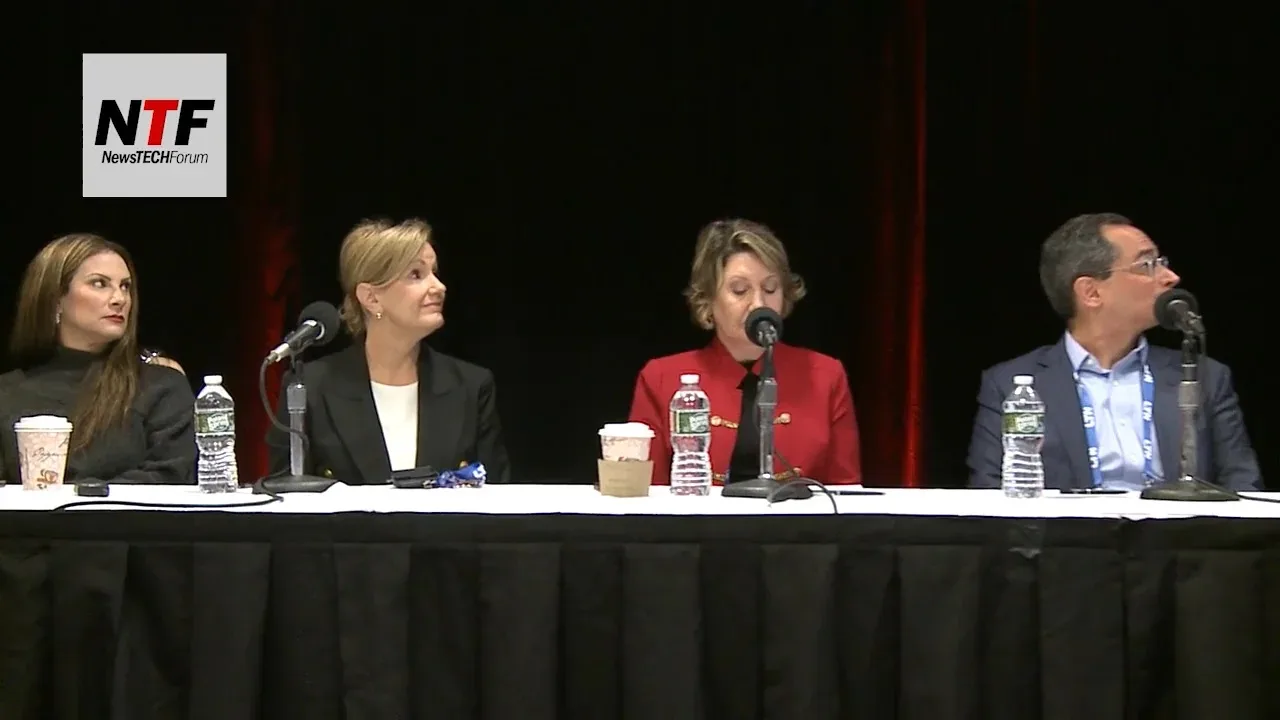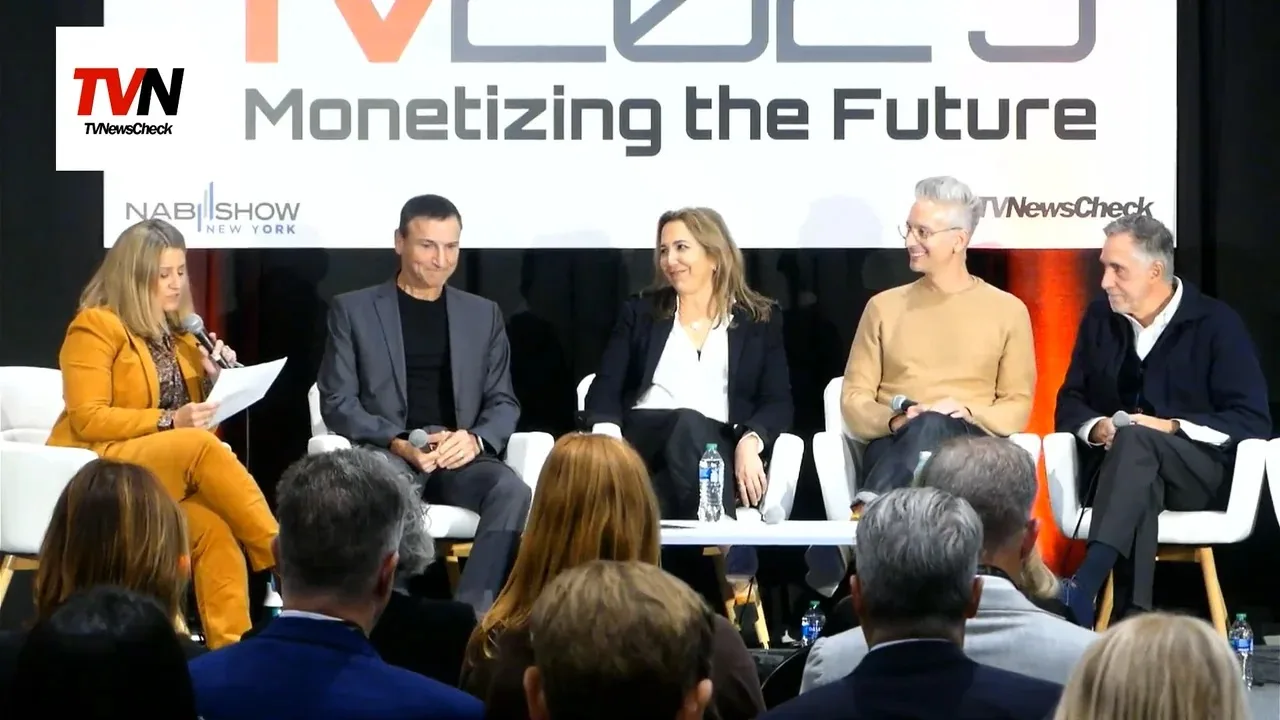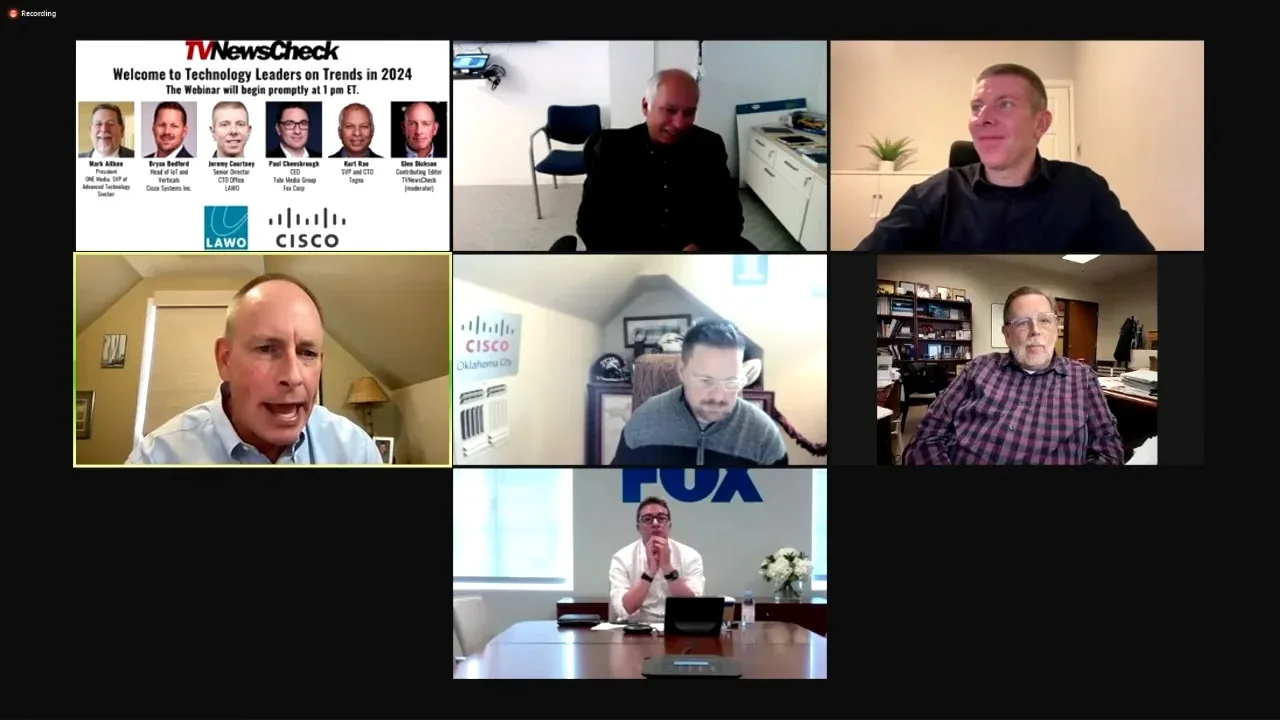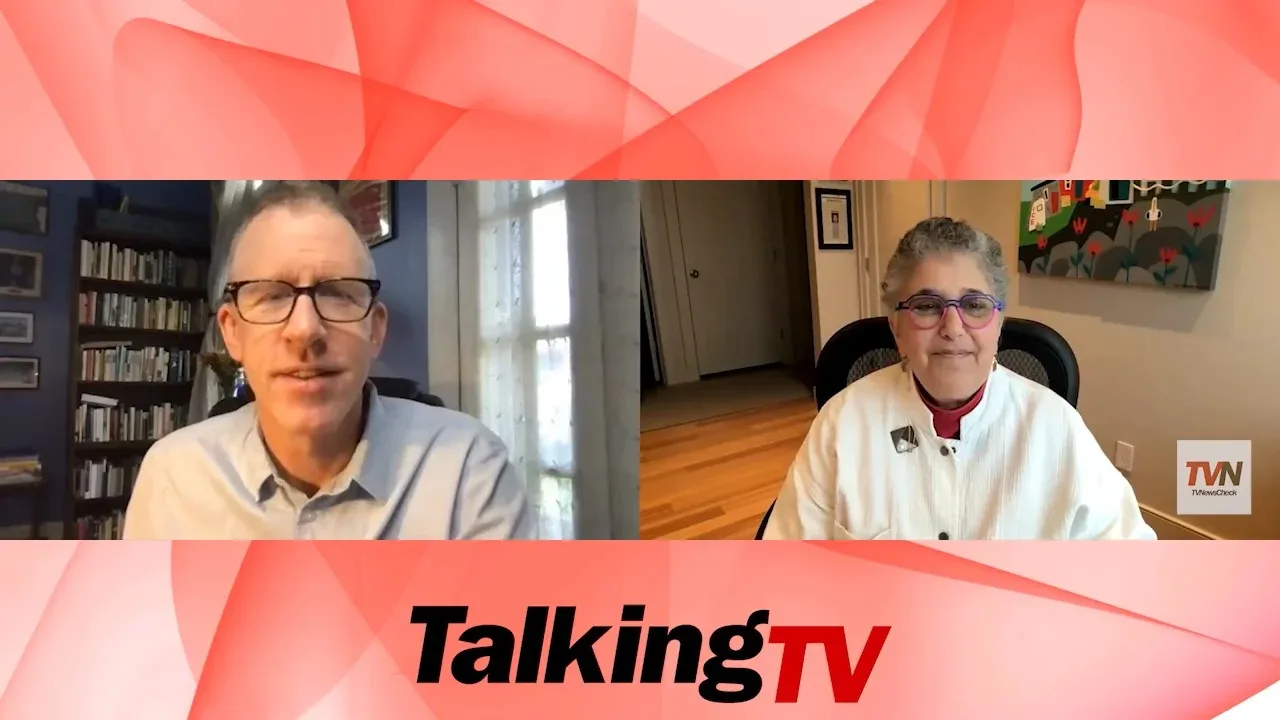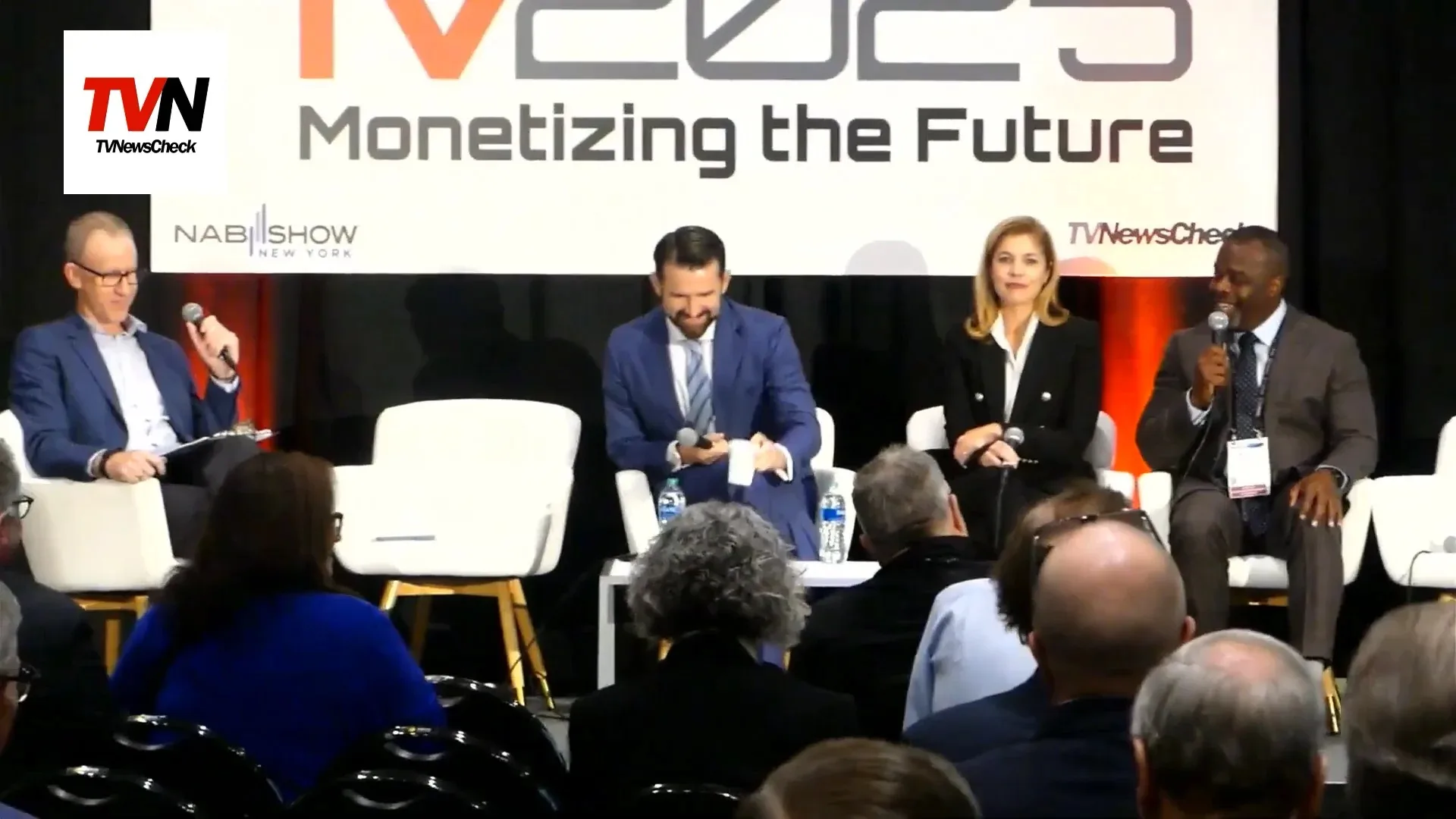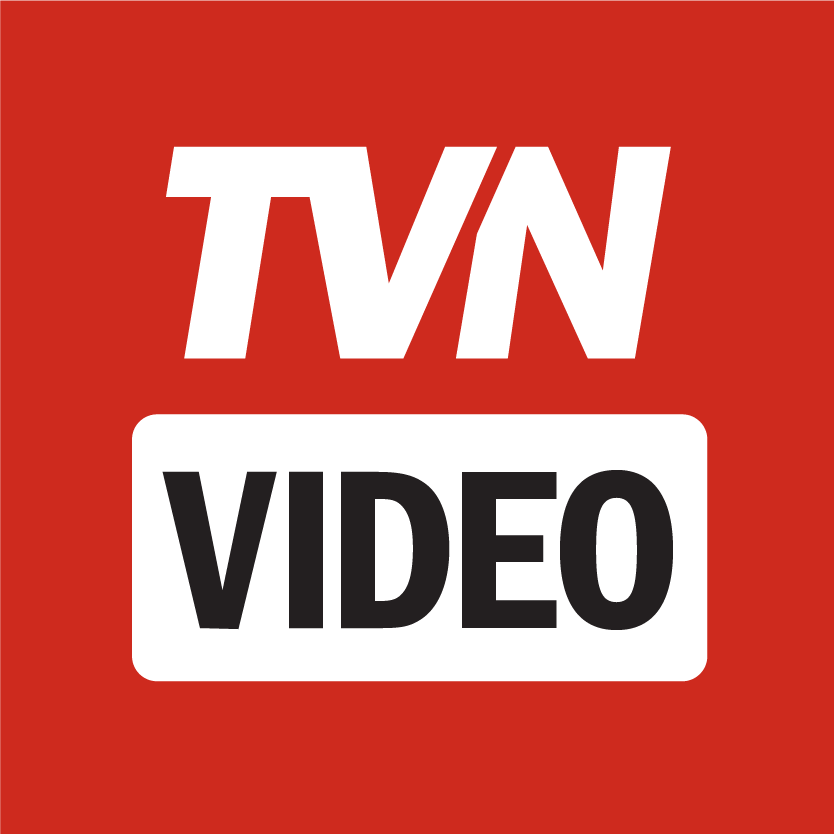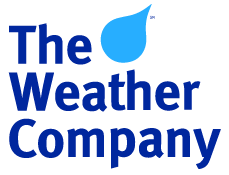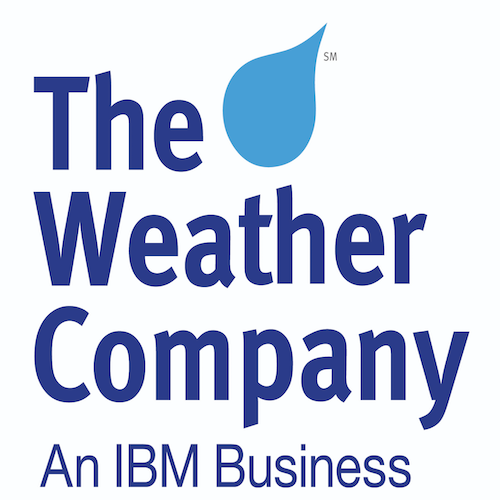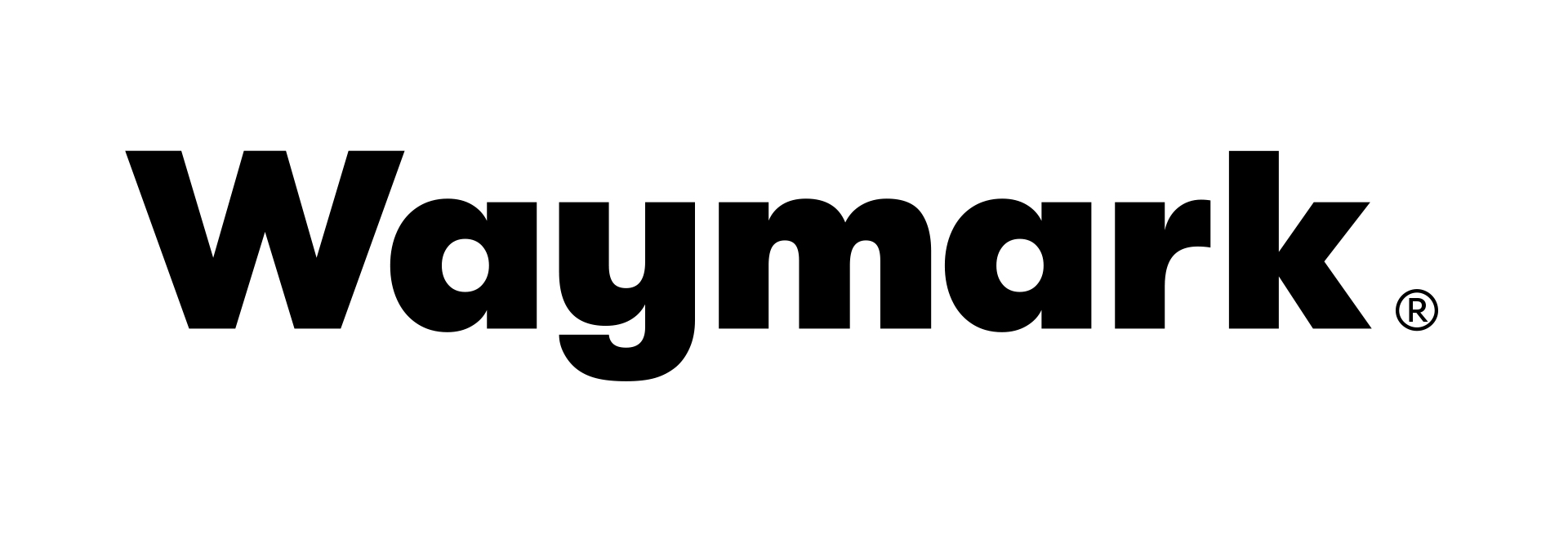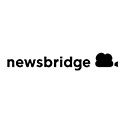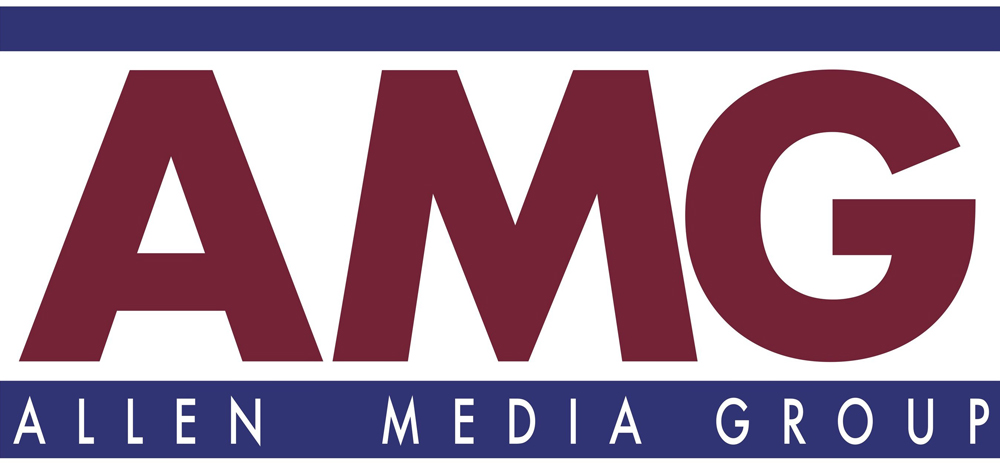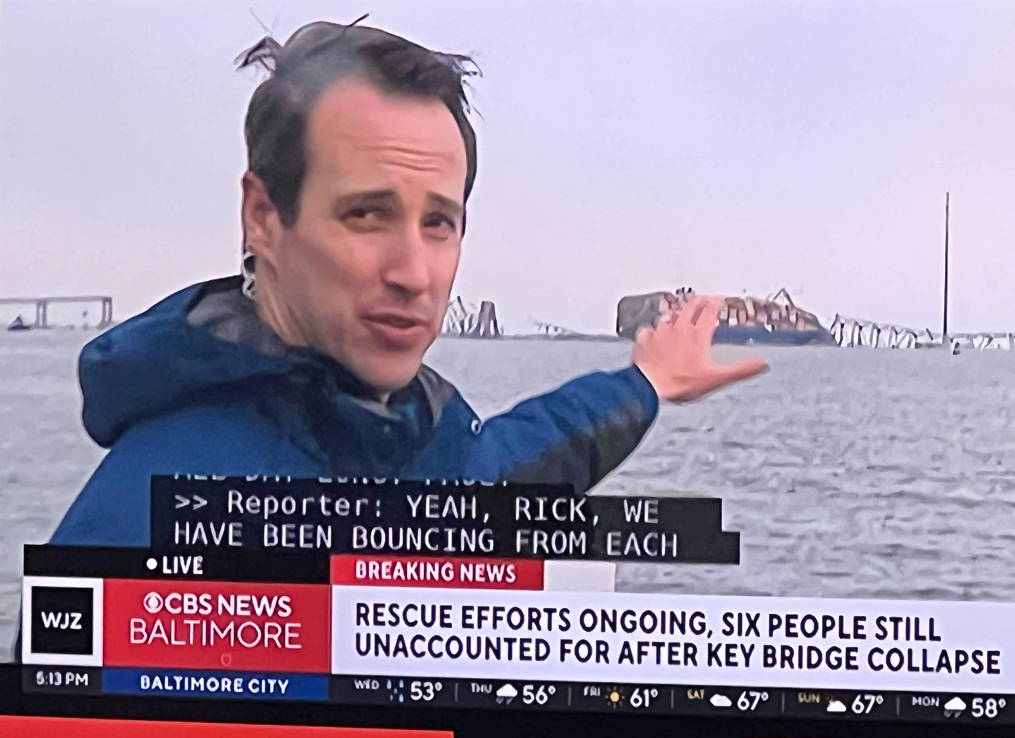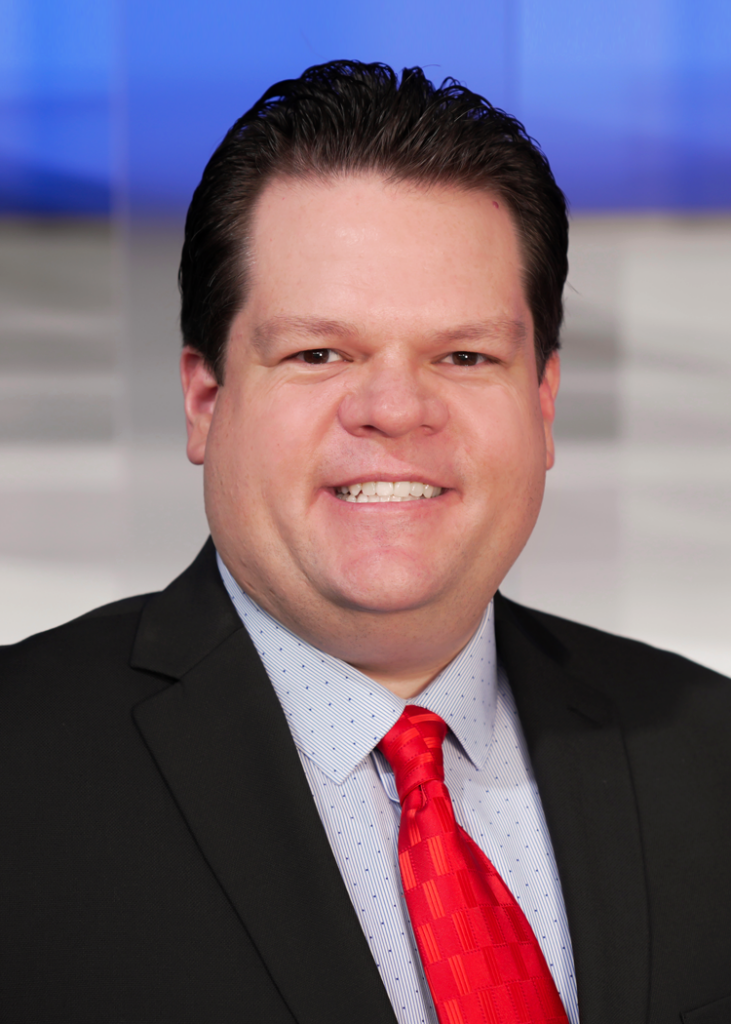How To Improve Remotely-Produced Interviews

With in-studio interviews still indefinitely sidelined during the pandemic, making a few adjustments to at-home setups — including external camera and mics and optimizing lighting and internet connections — can make all the difference in production quality.
A Tampa GM Weighs Priorities In A Historic Year
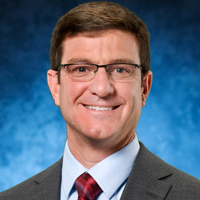
At WTVT, Fox’s Tampa, Fla., O&O, SVP and GM Jeff Maloney has been navigating through an unprecedented time. His market — showered in attention by the presidential campaigns, roiled by the pandemic and buoyed by major news in local sports — has been an epicenter of news while facing dramatic challenges.
Sports Must Move From Satellite To IP

U.S. sports broadcasters are primed and ready to migrate from satellite to IP signal delivery to reach their audiences with some like Fox already going there. Vendors and content providers need to closely collaborate as the transition happens with renewed focus on reliable transmission and content protection.
Real-Time Interactive Streaming Key For Sports

Streaming services need to offer a synchronous, interactive livestream of sports options if they want to hold on to the cord cutters they’ve gained since the pandemic.
Remote Production Successes Validate Cloud

Mario Diaz Becar: Broadcasters have seen firsthand the agility, stability and reliability of the cloud since the pandemic accelerated its adoption. Functions like cloud ingest, edit while ingest and secure reliable transport are also promisingly on the horizon.
Dubious Grounds For The FCC’s Restriction Of Section 230

FCC Commissioner Michael O’Rielly saw his nomination withdrawn by President Trump for having the temerity to question whether the FCC has the authority to adopt rules to limit the scope of Section 230 of the Communications Act. All clear legal signs point to the fact that it doesn’t.
Making Automated Convergence A Reality

Convergence among technology companies and broadcasters can help broadcasters attain a system of automation that will ease the process of buying and selling linear TV comparable to a digital buy.
Five Questions About Cloud Migration

As broadcasters consider a long-term shift to remote workflows, here are five key questions to tackle to guide decisionmaking.
IP Is Multi-User Connectivity’s Only Path Forward
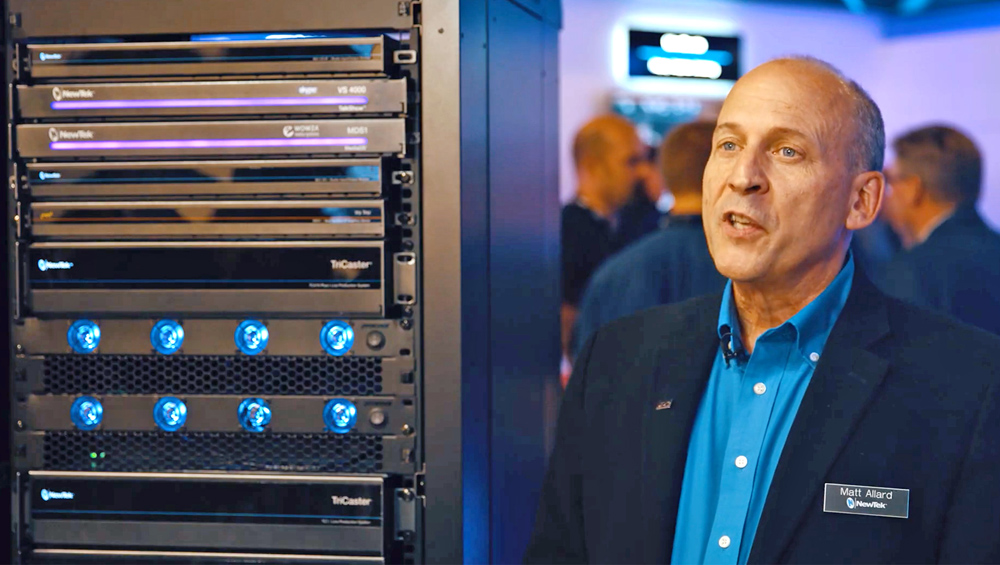
The pandemic is hastening the departure of SDI-based infrastructures, leaving IP as the only viable way to ensure global, multi-user connectivity.
Esports Can Fill COVID-19’s Live Sports TV Void

A long lockdown without live sports has pushed esports toward record audiences on the streaming platforms where they’re usually watched, with broadcasters now testing the waters. With professional leagues’ reemergence still hazy, esports may be having their breakthrough moment sooner than expected.
How To Train A Meteorologist (Virtually)

WMDT Salisbury, Md., hired a new meteorologist during the pandemic, prompting a novel approach to on-the-job training.
Top 10 Effects Of Coronavirus On TV Trade Shows

The pandemic will affect the shows, attendees and exhibitors for years to come. Each of us now has a chance to think about where we as an industry go from here.

TV stations have seen their ad revenues take a sharp hit in the pandemic. Now is the time to be proactive about shoring up their morning newscasts, working closely with wary advertisers and vying for localized national ad dollars to chart a path through the crisis.
Don’t Bet Against Local TV Advertising

Local TV is facing a brutal quarter ahead, but the industry has shown creativity and endurance when dealing with past downturns. There’s every reason to believe it will do so again, and its first efforts are already visible.
At WLVT, Carefully Crafting History’s First Draft
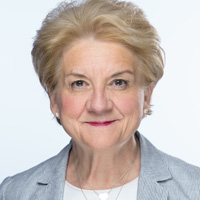
Staffers at PBS affiliate WLVT and NPR affiliate, WLVR-FM in Lehigh Valley, Pa., feel the weight of the pandemic’s historic power in their everyday reporting. It’s keeping them motivated through an intensely difficult and uncertain time.
Virus Makes Media More Vulnerable To Phishing

Phishing campaigns are increasingly targeting users’ fear and uncertainty over the coronavirus with media brands particularly vulnerable. Employing some basic strategies now can help reduce exposure.
Local TV News Learns How To Be Relevant Again
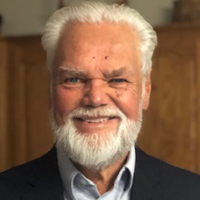
In these pandemic times, local newscasts are developing creative stories that offer real answers to viewers’ main concerns. They are finally opening two-way communication channels with the viewers’ and answering their questions in meaningful ways. In short, local TV newscasts have finally found their way out of their self-created rut by becoming relevant to their audience once again. And ratings have followed.
Has COVID-19 Forever Changed The Weathercast?

Reliable work-from-home options may find a more lasting place in local weathercasts even after we’ve reached the other side of the pandemic. These are some possible scenarios for weekday and weekend forecasts, along with severe weather and traffic.
Has COVID-19 Forever Changed The Weathercast?

Reliable work-from-home options may find a more lasting place in local weathercasts even after we’ve reached the other side of the pandemic. These are some possible scenarios for weekday and weekend forecasts, along with severe weather and traffic.
How To Recruit During A Global Pandemic

The coronavirus has upended every aspect of the local television business, but it needn’t completely freeze hiring efforts.
Why Local TV Advertising Matters Right Now

Fred Fourcher: “We encourage advertisers to find ways to continue their media buys to provide critical support to local news outlets at this important time in our history. The ad impressions that local outlets receive through on-air and online are essential to their continued success.”
Pandemic Reveals NextGen TV’s Opportunity

COVID-19 is an international emergency — and it’s also a good opportunity to talk about the future of news with NextGen TV.
View: AV-Over-IP Boosts Broadcast Security

The AV-over-IP stack is a growing function of broadcast technology that can’t be overlooked or ignored when it comes to management, observability, quality of signals and security.

Brad Smith of Videa explains why local broadcast weather news is adding viewers and why that’s a good opportunity for advertisers.
A Path To 5G That Makes Sense

The C-Band Alliance’s voluntary, market-based plan to clear 200 MHz for 5G wireless while fully protecting the TV and other current C-band customers. This should be a “no brainer” — private companies using their own capital to clear voluntarily the mid-band spectrum necessary to bring 5G to all Americans and to stay even with China in the race to 5G while protecting existing customers.
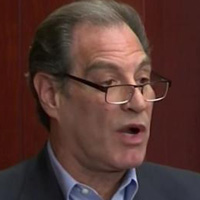
ONE Media’s Jerald Fritz: “Using the great big IP data pipe that is a Next Gen TV channel, broadcasters will have the flexibility to provide traditional linear TV entertainment and informational programming to both fixed and mobile devices. Plus, they can use their channels for complementary 5G services.”

Signiant’s Megan Cater: Cybersecurity experts have long been warning of FTP’s potential threat to network security, intellectual property and privacy. Most major media enterprises have banned FTP, requiring that all partners use secure accelerated file transfer solutions. Smaller operations should follow their lead.
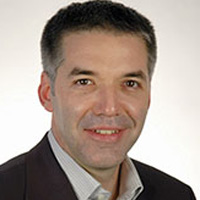
Simon Trudelle, NAGRA senior director, product marketing: “The solution is driven by a combination of technology, collaboration, and innovation to fight pirate services across all distribution networks. Sports leagues must partner with vendors and service providers, as well as providing their own OTT services if not already the case, to ensure all fans get the best experience possible, anywhere.”
Rethink The Old Pay Plan For New Sales Hires
 The days of 100% commission with a 90-day guarantee for new hires are long gone. To attract the best sellers, you must offer a compensation plan that offers more security — that is, a plan that includes longer guarantees so that the hire has more time to develop business. And you have to commit fully to training.
The days of 100% commission with a 90-day guarantee for new hires are long gone. To attract the best sellers, you must offer a compensation plan that offers more security — that is, a plan that includes longer guarantees so that the hire has more time to develop business. And you have to commit fully to training.
What ‘Watching’ Means To College Students?
 TV-news-exec-turned-college-professor Mark Effron asked his students what media they used in the past 24 hours. You can imagine what was on the list. Media consumed: Facebook, Snapchat, Instagram, movies and series on Netflix, Google and an occasional news site like CNN.com. Devices: Smartphones (overwhelmingly), tablets, some laptops, an occasional Xbox. Missing in action: television.
TV-news-exec-turned-college-professor Mark Effron asked his students what media they used in the past 24 hours. You can imagine what was on the list. Media consumed: Facebook, Snapchat, Instagram, movies and series on Netflix, Google and an occasional news site like CNN.com. Devices: Smartphones (overwhelmingly), tablets, some laptops, an occasional Xbox. Missing in action: television.
FCC Duplex Plan Bad News For Broadcasters
 The promise of the incentive auction was that volunteering broadcasters would be paid for the value of their spectrum. The duplex gap plan seems designed instead artificially to reduce the prices the FCC may have to pay in crowded and border markets. If the FCC is going to be the honest broker it claims to be in the upcoming auction, it should not be placing its finger on the scale.
The promise of the incentive auction was that volunteering broadcasters would be paid for the value of their spectrum. The duplex gap plan seems designed instead artificially to reduce the prices the FCC may have to pay in crowded and border markets. If the FCC is going to be the honest broker it claims to be in the upcoming auction, it should not be placing its finger on the scale.
Search For Sales Talent Should Never Stop
 Don’t wait until your best account executive gives notice to look for a replacement. Scouting for the best sellers in your market should be a regular part of your job so you know where they are when you need them. And don’t limit yourself to account execs at other stations. Great sellers are everywhere, maybe even in the local high school.
Don’t wait until your best account executive gives notice to look for a replacement. Scouting for the best sellers in your market should be a regular part of your job so you know where they are when you need them. And don’t limit yourself to account execs at other stations. Great sellers are everywhere, maybe even in the local high school.
Ins and Outs of Post-Auction Channel Sharing

Tip For Williams Watchers: Take A Breath
 Assuming everything reported about Brian Williams’ transgressions are true, it’s still important to keep this in perspective. While those grievous errors wouldn’t allow him to return to the anchor seat, it shouldn’t keep him from pursuing his life’s work — assuming he returns humbled and squares with his audience.
Assuming everything reported about Brian Williams’ transgressions are true, it’s still important to keep this in perspective. While those grievous errors wouldn’t allow him to return to the anchor seat, it shouldn’t keep him from pursuing his life’s work — assuming he returns humbled and squares with his audience.
8 Characteristics Of Exceptional TV Anchors
 Veteran TV journalist Mark Effron spells out the characteristics news directors should be looking for when adding to their anchor desks. Some of these attributes date back to Walter Cronkite, but others are as new as the latest social media app.
Veteran TV journalist Mark Effron spells out the characteristics news directors should be looking for when adding to their anchor desks. Some of these attributes date back to Walter Cronkite, but others are as new as the latest social media app.
Stations: Encourage Web Viewers To Return
 The rise of social media has accelerated it to the point where it cannot be ignored. In fact, we’re at the place where it’s safe to say that for traditional media companies, online distribution is referral-driven. Broadcasters’ online strategies and tactics, therefore, need to be centered on this reality.
The rise of social media has accelerated it to the point where it cannot be ignored. In fact, we’re at the place where it’s safe to say that for traditional media companies, online distribution is referral-driven. Broadcasters’ online strategies and tactics, therefore, need to be centered on this reality.
Local TV, Digital An Unbeatable Combination
 The new digital-savvy audience with smartphones and tablets is expecting big changes from TV stations, their leading and most trusted news source. It’s up to broadcasters to meet those expectations by integrating into their newscasts social media, real-time polling, user-generated content, street-level traffic and weather and hyper-local crime reporting.
The new digital-savvy audience with smartphones and tablets is expecting big changes from TV stations, their leading and most trusted news source. It’s up to broadcasters to meet those expectations by integrating into their newscasts social media, real-time polling, user-generated content, street-level traffic and weather and hyper-local crime reporting.
Next-Gen Broadcasting: What’s In It For You?

Plenty, says a top executive of One Media, one of the companies vying to become the national standard for next-generation digital TV. Broadcasters will finally be able to serve the enormous and growing population that watches programming on portable and mobile devices, bolstering its ad-supported business model. It will also open up new opportunities in targeted advertising and data distribution. Moving to the next-gen standard in conjunction with the repack of the TV band following the incentive auction must become part of our national policy.
Remote Production Can Revolutionize Live TV
 Nevion CEO Geir Bryn-Jensen: “Viewers today eat up live programming of all types. Live programming — with its potential for enrichment and analysis — is also a powerful asset for broadcasters against the encroachment of OTT services. The ability to cover news live, cost effectively and with the highest quality is more significant than ever for today’s newsroom. Remote production is now a practical, deliverable, proven proposition, enabled by the ability to transport multiple signals, either uncompressed or with gentle mezzanine compression, over a range of fabrics, at very low latencies.”
Nevion CEO Geir Bryn-Jensen: “Viewers today eat up live programming of all types. Live programming — with its potential for enrichment and analysis — is also a powerful asset for broadcasters against the encroachment of OTT services. The ability to cover news live, cost effectively and with the highest quality is more significant than ever for today’s newsroom. Remote production is now a practical, deliverable, proven proposition, enabled by the ability to transport multiple signals, either uncompressed or with gentle mezzanine compression, over a range of fabrics, at very low latencies.”
How To Build A Successful News Operation
 Many factors contribute to success at local news operations. Each of my positions over the years afforded me the opportunity to look at content and presentation and distribution through a changing series of lenses. This period also coincided with the tsunami disruptions to mainstream media, especially the birth and growth of social. Here’s a baker’s dozen of suggestions gleaned from life lessons over the years.
Many factors contribute to success at local news operations. Each of my positions over the years afforded me the opportunity to look at content and presentation and distribution through a changing series of lenses. This period also coincided with the tsunami disruptions to mainstream media, especially the birth and growth of social. Here’s a baker’s dozen of suggestions gleaned from life lessons over the years.



